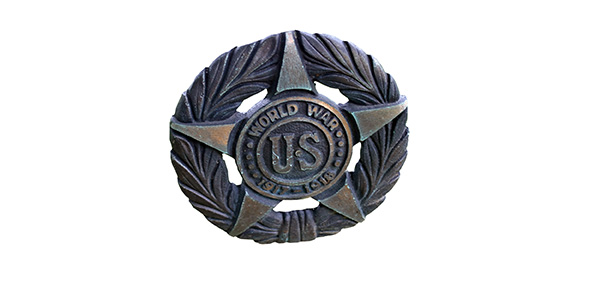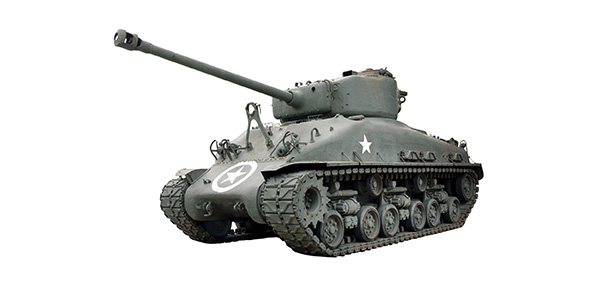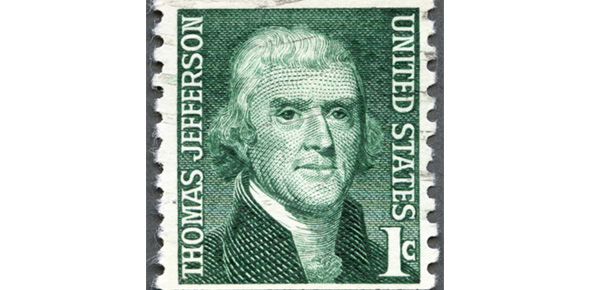Related Flashcards
Related Topics
Cards In This Set
| Front | Back |
|
Espionage
|
The systematic use of spies to get military or political secrets.
|
|
Cold War
|
A period lasting approximately from 1945 to 1989 when there was tension and hostility between the COMMUNIST Soviet Union and its allies and the CAPITALIST and democratic United States and its allies.
|
|
Superpower
|
Term used to refer to the US and the USSR in the post-World War II period when both were engaged in building up powerful weapons of mass destruction as deterrents against aggression.
|
|
Buffer
|
A protective "barrier" between two warring forces. During the Cold War, the USSR's "buffer zone" was the series of countries between the USSR and Western Europe. Done by converting these countries' governments into Communist regimes.
|
|
Padlock Law
|
A law in Quebec that was used to shut down suspected organizations and newspapers of "revolutionary" (communist) materials.
|
|
Warsaw Pact
|
A post-WWII military alliance involving the USSR and the Soviet-bloc countries of Bulgaria, Czechoslovakia, East Germany, Poland, and Romania.
|
|
Iron Curtain
|
Symbolized the ideological fighting and physical boundary dividing Europe into two separate areas from the end of WWII until the end of the Cold War in 1989. Each side formed their own alliances, etc. (NATO on the West, Warsaw Pact on the East)
|
|
DEW Line
|
Distant Early Warning Line. One of 3 lines of radar stations set up across Canada by the US between 1950 and 1957.
|
|
UN Security Council
|
Consists of 9 country members: 5 permanent members and 4 rotating members. The 5 permanent members are the US, Britain, France, Democratic China (later represented by Taiwan until 1971), and the USSR. These 5 powers have the power to veto; if one person within the 5 permanent members votes no, then the majority vote is cancelled.
|
|
Collective security
|
The military support and cooperation provided by member states within an international organization to ensure that each will help the others in the event of aggression.
|
|
Displaced person
|
A person uprooted from their homes by the effects of war. Many of these people immigrated to Canada and were offered homes and jobs. The children of these displaced persons absorbed English quickly, also allowing their parents to find new opportunities within even the smallest jobs.
|
|
Baby boom
|
The increase in birth rate that occurred after WWII.
|
|
CBC
|
Canadian Broadcasting Corporation. A government organization set up to broadcast Canadian material to the Canadian audience; pre-WWII only had them as a radio station; post-WWII, the CBC also eventually set up a TV stations in Ottawa and Montreal. Created to rival US influences on Canadian audiences.
|
|
Trans Canada Highway
|
A highway created that spanned across Canada from the coasts of BC to St. Johns, Newfoundland.
|
|
St. Lawrence Seaway
|
A system of locks, canals and channels that permits ocean-going vessels to travel between the Atlantic Ocean and the Great Lakes (as far as Lake Superior).
|






